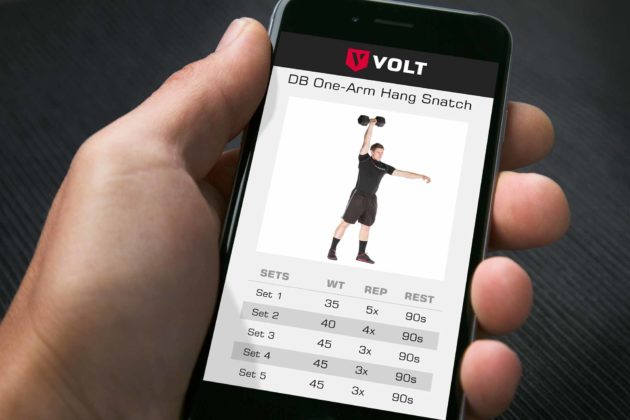Last Friday, I went to my first high school football game in a decade. I once spent most Friday nights watching high school sports, supporting the students who spent their days in my Language Arts classroom. One thing that always worried me, as a teacher and a former prep sports reporter, was the potential for injuries in many high school sports.
I was lucky to make it through my teaching career without witnessing a student sustain a concussion or even a broken bone while playing a sanctioned sport. However, there were a few who broke bones in their own recreational athletic endeavors.
Ten years ago, injury prevention was more about teaching kids in-game techniques, such as how to take a hit or how to tackle another player. With high school athletes suffering two million injuries a year, according to Ohio University’s Master of Athletic Administration Program, we know now this isn’t enough.
Next-Level Training
As Healthline notes, high school athletes are better prepared today for the physicality of contact sports like football and soccer than they were when I taught. One of the key reasons is that they and their coaches are using training programs to not just condition their bodies to play but to prevent injuries.
This isn’t just limited to competitive athletes; training is key not just to results but to the performance of the body. Enter Seattle-based app company Volt Athletics. Volt tells potential users that:
“Volt doesn’t simply track workouts. Volt’s intelligent training engine (patent pending) prescribes sport-specific workouts, analyzes progress, and adjusts training automatically—so athletes can train safely and peak at just the right time.”
The app is available for both individual athletes and for teams through its coach platform. The program is focused on strength training, but it is customizable to each athlete. Volt has incorporated sport-specific training regimens into its platform. Each one has a different focus. For football players, there’s even the ability to choose a position-specific program.
Programs also exist for all-around athletes. This program focused on strength, stamina, and explosive power has potential to help improve the health and abilities of adults who participate in recreational sports as well as multi-sport athletes like triathletes. Volt offers the first month free, and training continues at $29 a month thereafter.
Next-Level Partnership
In order to mitigate the costs of bringing this type of prescriptive, high-level training program to the high school level, the Seattle Seahawks have partnered with Volt and the Washington Interscholastic Activities Association to donate the program to three football programs in Washington. Announced in August, the partnership brings the Volt platform to Renton, John F. Kennedy, and Sumner high schools.
Getting training programs such as this into the hands of high school coaches, no matter the sport, is the first step in preventing injuries among players. Health professionals continuously lobby for reform in policies in order to mitigate injuries among young athletes. Yet changes in training and conditioning practices are more likely to change at the minute level before these policies do.
According to Seahawks Vice President of Community Outreach Mike Flood, that’s exactly why Seattle invested in this partnership: “‘The health and safety of young athletes is one of our top priorities . . . Our partnership with Volt will provide additional resources for coaches and athletes to learn how to train more effectively.’”
Renton’s head football coach, Tim Tramp, echoed Flood’s assertion that the health and safety of players is tantamount: “‘As a coach, you always want what is best for your athletes, and with this donation, we’re confident our players are training the right way for football to avoid injury and develop properly.’”
Hopefully, this partnership will open the doors for other sports at these schools to incorporate Volts’ training into their programs. Eventually, this could lead to other schools throughout the country to look into this type of next-level training with technology.
Add The Sports Daily to your Google News Feed!

